Shingles roofing is a popular choice for homeowners in North America. Asphalt shingles offer durability, affordability, and aesthetic appeal. This article explores the benefits of shingles roofing, including its longevity and versatility. We’ll discuss how a professional roofer can help you choose the right roof shingles for your home, ensuring optimal protection and value. By understanding shingles roofing, you’ll be better equipped to make informed decisions about your home’s roofing needs.
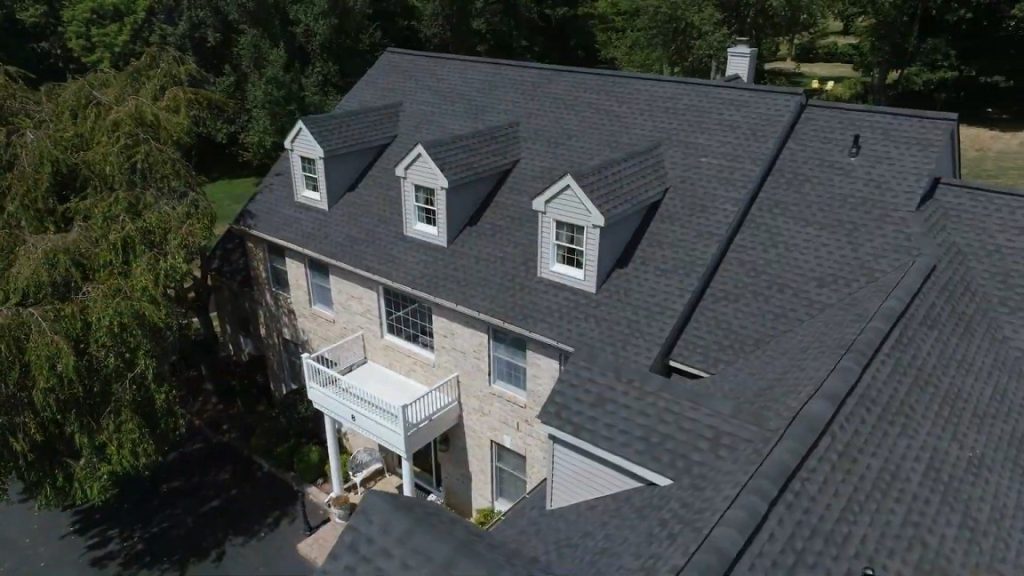

Shingles roofing offers diverse options for homeowners, from architectural and metal to three-tab and dimensional styles. This section explores various shingle types, including timberline, weathered wood, and slate, as well as ridge cap and solar panel options. We’ll discuss repair techniques, address asbestos concerns, and compare budget-friendly choices. Learn how shingles protect against hail and wind, potentially affecting insurance coverage.
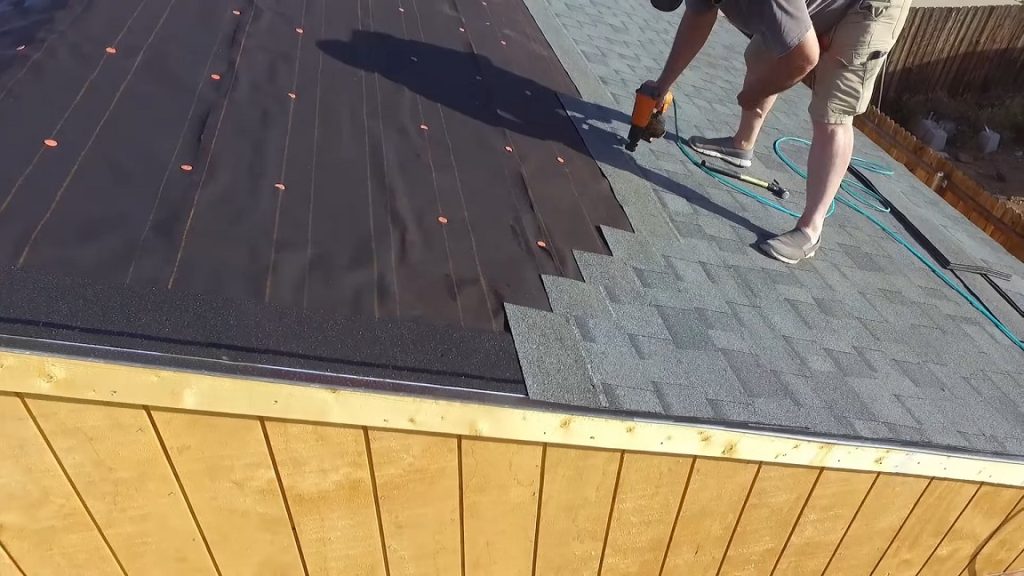
Architectural roofing shingles offer superior protection against heat and algae growth while enhancing a home’s aesthetic appeal. These shingles are designed with multiple layers, creating a dimensional look that mimics the appearance of wood shakes or slate tiles, providing both durability and visual interest.
Homeowners seeking energy-efficient options can choose architectural shingles with reflective properties, reducing heat absorption and lowering cooling costs. Many manufacturers now produce these shingles using recycled materials, making them an environmentally conscious choice for those concerned about sustainability in roofing solutions.
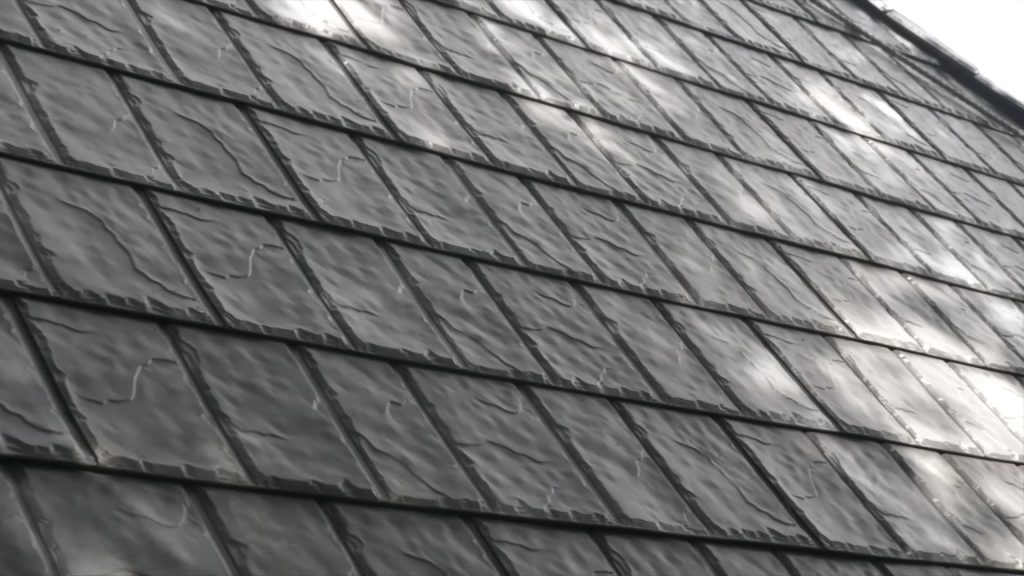
Metal roofing shingles combine the durability of metal roofs with the aesthetic appeal of traditional shingles. These innovative products offer superior protection against harsh weather conditions while providing homeowners with a wide range of color and style options. Metal shingles, including copper variants, can last up to 50 years or more, making them a long-lasting roofing solution.
One significant advantage of metal roofing shingles is their extended warranty coverage, often ranging from 30 to 50 years. This warranty reflects the material’s resilience and longevity, giving homeowners peace of mind about their investment. Additionally, metal shingles are energy-efficient, reflecting solar heat and potentially reducing cooling costs during warm months.
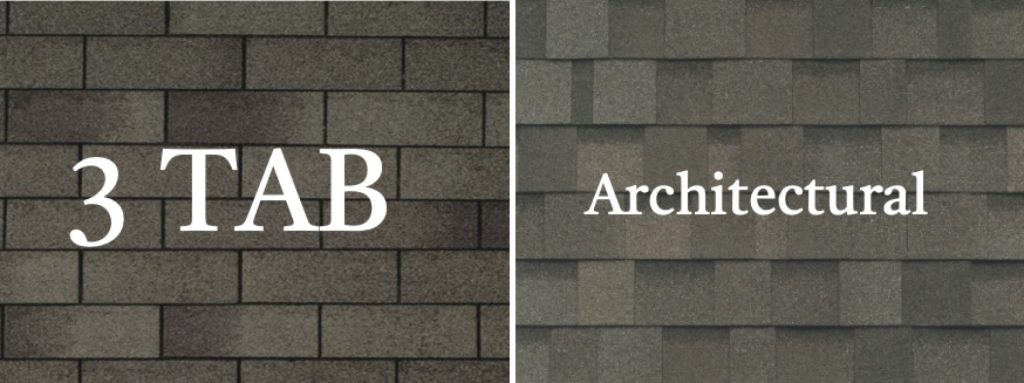
Three-tab roofing shingles serve as a cost-effective reference point for homeowners considering roof replacement. These traditional asphalt shingles, distinct from plastic or tile alternatives, offer a uniform appearance and straightforward installation process, making them a popular choice for budget-conscious consumers.
While three-tab shingles typically have a shorter lifespan compared to architectural or metal options, they still provide adequate protection for many homes. Homeowners should weigh the initial cost savings against the potential need for more frequent replacements when deciding on this roofing material for their property.
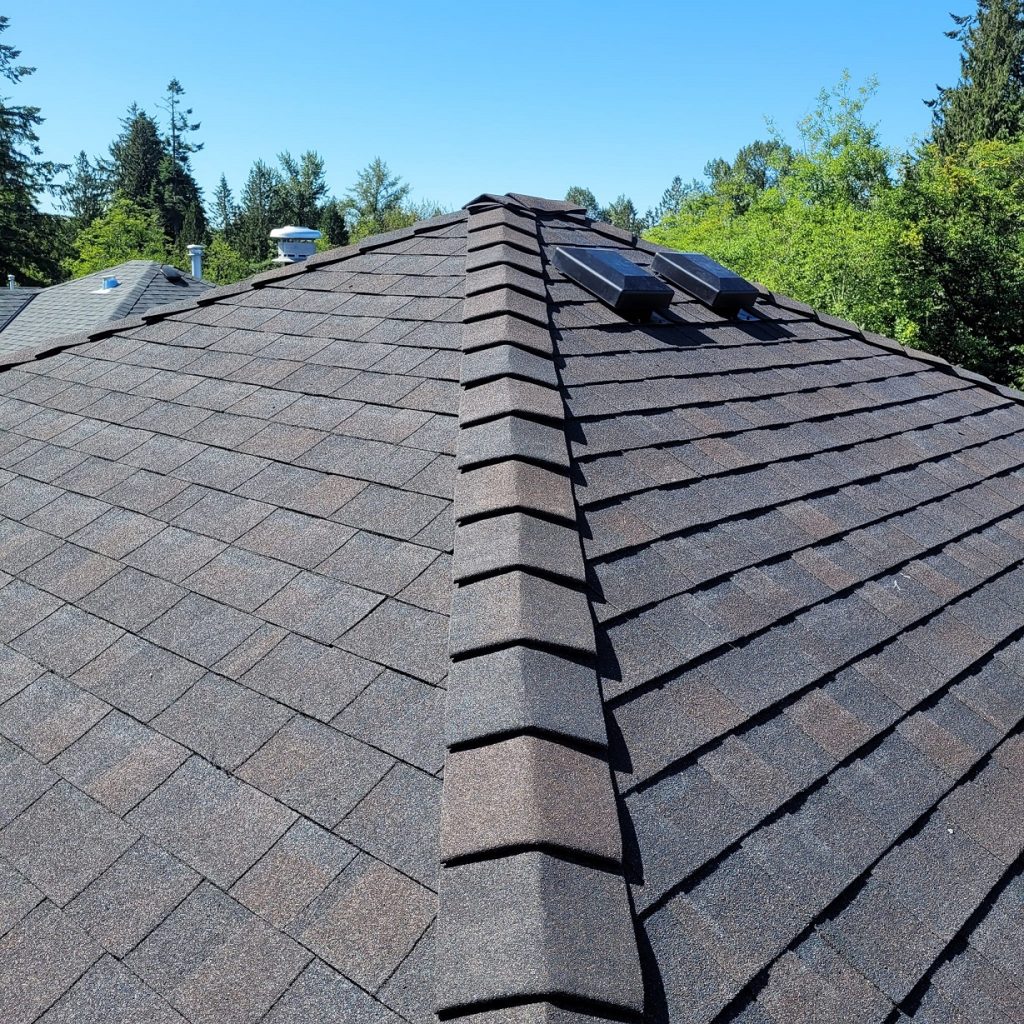
Roofing shingles come in various types, each designed to withstand specific weather conditions and meet diverse aesthetic preferences. In regions prone to severe weather, such as Colorado, homeowners often choose impact-resistant shingles to protect against hail and ice damage. These durable options may cost more initially but offer long-term savings through reduced repair and replacement needs.
Sustainability-conscious consumers can opt for eco-friendly shingle options made from recycled materials or designed for energy efficiency. These include cool roof shingles that reflect solar heat, reducing cooling costs and environmental impact. The initial cost of sustainable shingles may be higher, but they often provide long-term savings and environmental benefits:
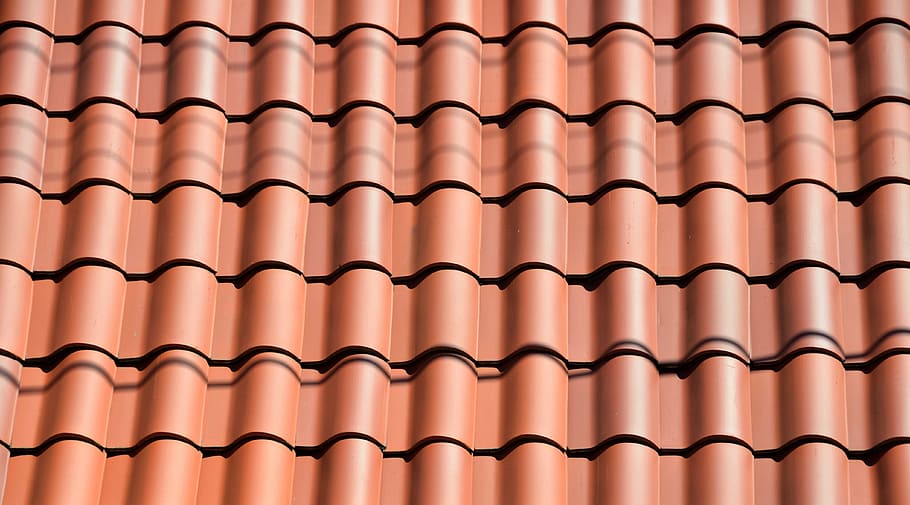
Roofing shingles come in diverse styles, colors, and materials to suit various architectural preferences and budgets. Homeowners can choose from traditional asphalt shingles, durable steel options, or innovative polymer designs, each offering unique aesthetic and functional benefits. The price range for these styles varies significantly, with premium materials like slate or solar shingles commanding higher costs.
When selecting a roofing shingle style, considerations extend beyond appearance to include factors such as weather resistance, energy efficiency, and maintenance requirements. Some modern shingle designs incorporate cool roof technology, reflecting sunlight to reduce heat absorption and potentially lower cooling costs for the building they serve. Homeowners should consult with roofing professionals to determine the most suitable style for their specific needs and local climate conditions.
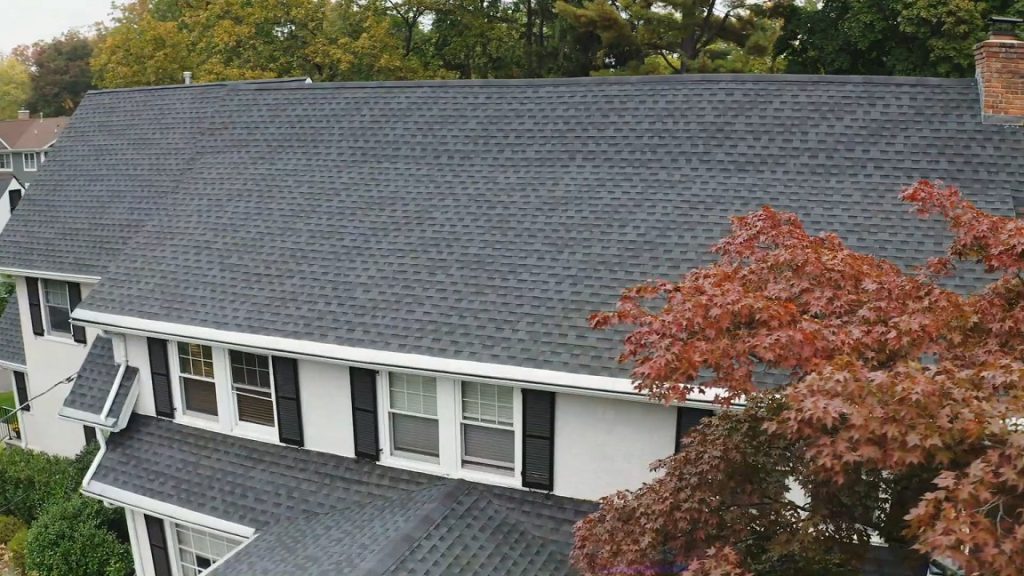
Timberline roofing shingles, including popular options like CertainTeed, offer superior protection against rain and harsh weather conditions. These shingles incorporate advanced waterproofing technologies, such as Scotchgard, to enhance their durability and resistance to moisture penetration. Homeowners can rely on Timberline shingles to provide long-lasting protection for their roof tiles, ensuring a watertight barrier against the elements.
The installation process for Timberline shingles involves meticulous attention to detail, ensuring proper overlap and sealing to maximize their waterproofing capabilities. Roofing professionals recommend regular inspections and maintenance to preserve the integrity of Timberline shingles, particularly in areas prone to heavy rainfall or extreme weather conditions. Proper care and maintenance can extend the lifespan of these shingles, protecting the home’s structure and interior from water damage:
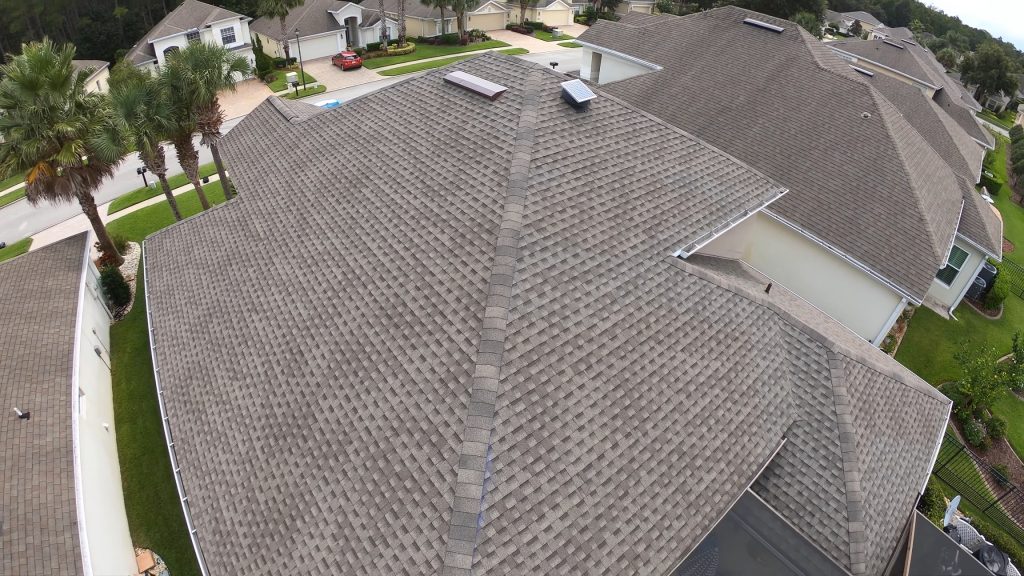
Weathered wood roofing shingles offer a rustic aesthetic while providing durable protection against extreme weather conditions. These shingles, available from manufacturers like Owens Corning, are designed to withstand harsh elements in states such as Illinois, where temperature fluctuations and severe storms are common. The advanced adhesive technology used in these shingles ensures they remain securely fastened during high winds and heavy rainfall.
Homeowners choosing weathered wood shingles benefit from their eco-friendly attributes, as many are made from recycled materials and can be recycled at the end of their lifespan, reducing landfill waste. The installation process for these shingles requires precision to ensure proper weatherproofing and longevity. Professional roofers recommend regular maintenance to preserve the shingles’ appearance and functionality:
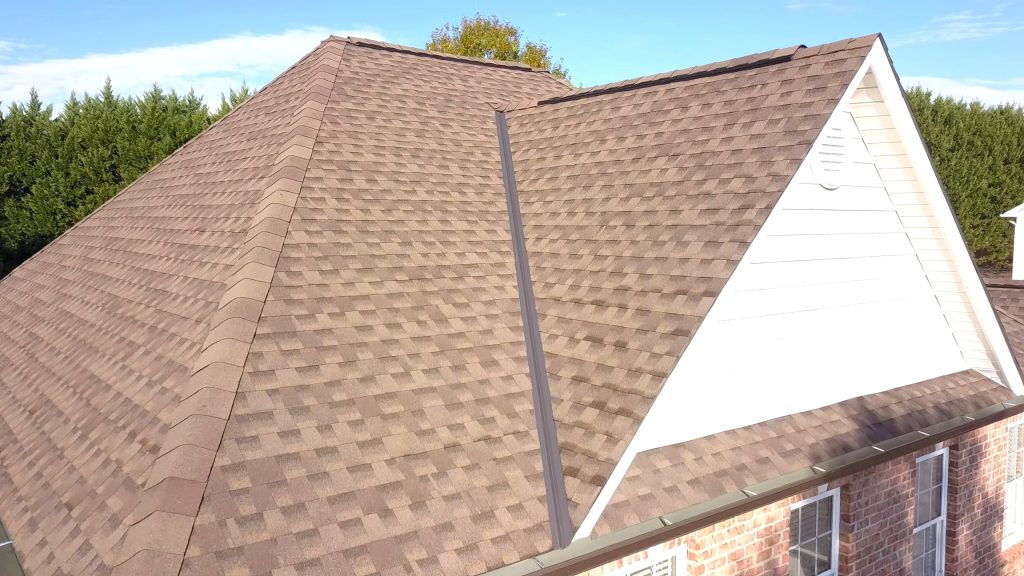
Ridge cap shingles play a crucial role in both the aesthetics and functionality of a roof, providing a seamless finish along the peak while enhancing ventilation. In Canada, where harsh weather conditions prevail, high-quality ridge caps are essential for protecting the roof’s most vulnerable areas. These specialized shingles integrate seamlessly with various siding materials, ensuring a cohesive look for the entire structure.
Homeowners considering solar energy installations should pay special attention to ridge cap shingles, as they can impact the placement and efficiency of solar panels. Professional roofers recommend selecting ridge caps that complement the existing roof color and style while offering superior protection against wind and water infiltration. Proper installation of ridge cap shingles is critical for maximizing their performance and longevity:
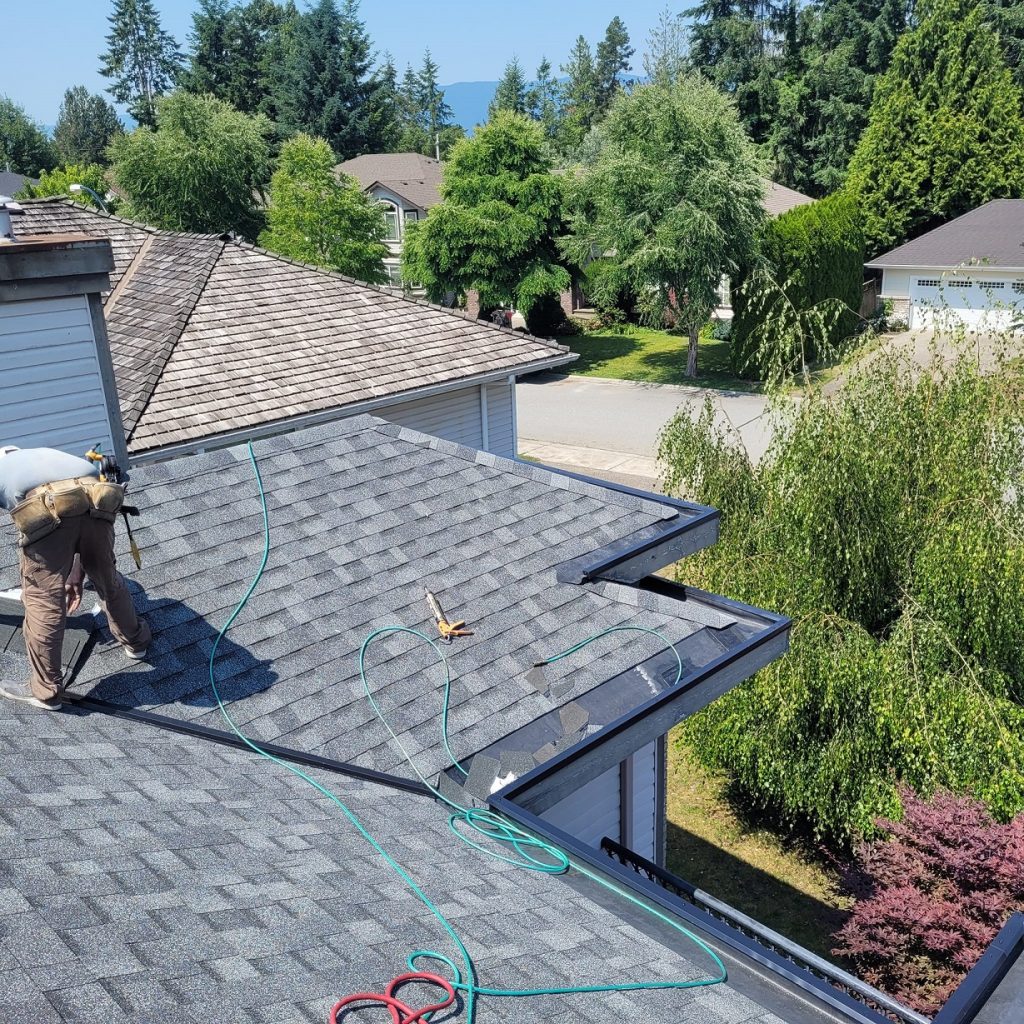
Dimensional shingles offer advanced technology and superior protection for roofs. Manufacturers like GAF, CertainTeed, and Owens Corning produce high-quality dimensional shingles that combine durability with aesthetic appeal. These shingles, including popular options like Timberline shingles, feature multi-layered construction for enhanced weather resistance and a three-dimensional appearance.
Homeowners seeking energy-efficient roofing solutions may consider GAF solar shingles, which integrate seamlessly with traditional dimensional shingles. These innovative products combine the protective qualities of standard roofing materials with solar energy generation capabilities. When selecting dimensional shingles, property owners should consider factors such as climate, local building codes, and long-term maintenance requirements:
Consult with roofing professionals for expert recommendations
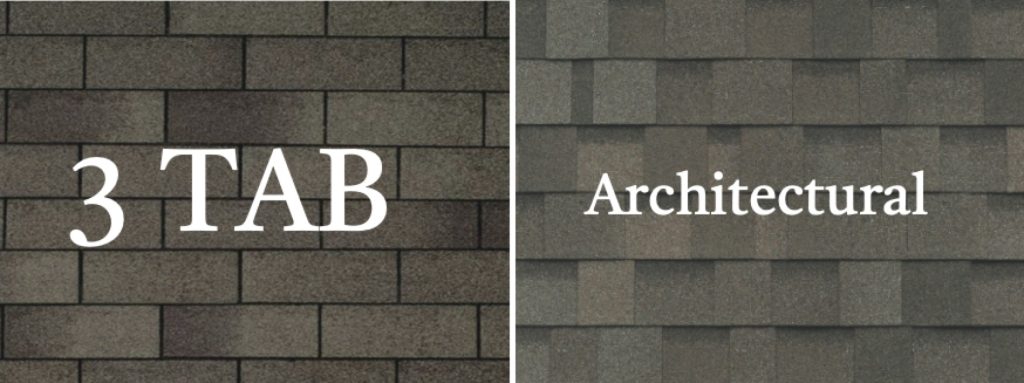
When comparing 3-tab and architectural shingles, homeowners must consider durability, aesthetics, and cost. Architectural shingles, such as GAF Timberline shingles, offer superior wind resistance and a three-dimensional appearance, making them a popular choice for those seeking a more upscale look. In contrast, 3-tab shingles provide a flatter profile and are often more budget-friendly, though they typically have a shorter lifespan.
For homeowners interested in energy efficiency, solar shingles present an innovative alternative to traditional roofing materials. While solar shingles cost more initially, they can generate electricity and potentially reduce long-term energy expenses. Other options include CertainTeed Landmark shingles, which offer a balance of performance and affordability, and cedar shake shingles, which provide a natural, rustic appearance. Some metal roofs that look like shingles combine durability with aesthetic appeal, offering another versatile option for discerning property owners:
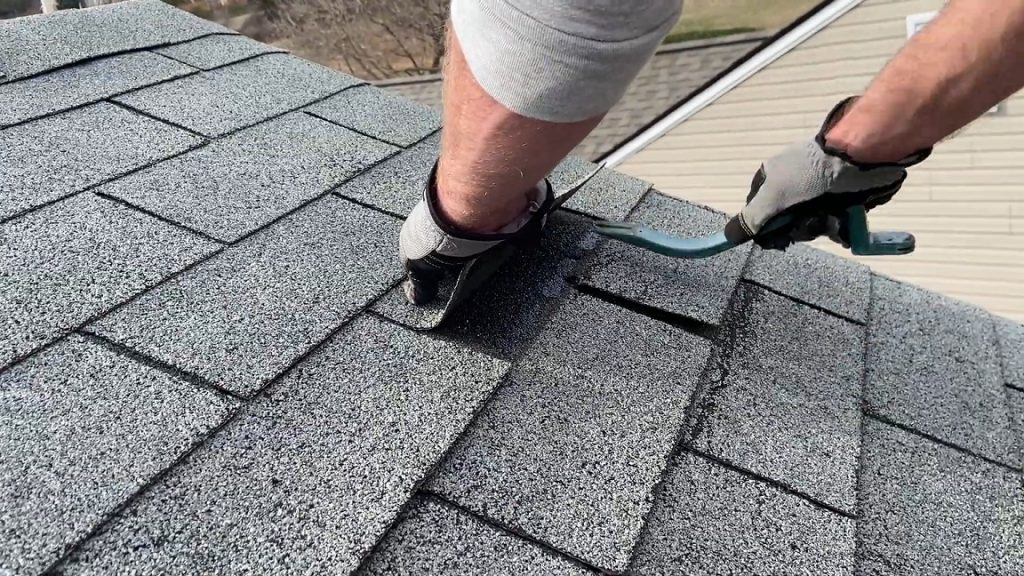
Repairing roofing shingles requires careful attention to detail and proper techniques to ensure long-lasting results. Whether dealing with GAF roofing shingles, solar shingles, or cedar shingles, homeowners should address damage promptly to prevent further issues. Professional roofers recommend inspecting shingles regularly for signs of wear, such as curling edges, missing granules, or cracks.
For metal shingles and GAF shingles, repairs often involve replacing individual damaged units or sealing minor leaks. Solar shingles may require specialized repair techniques to maintain their energy-generating capabilities. When repairing cedar shingles, it’s crucial to match the wood type and grain pattern for a seamless appearance. Regardless of the shingle type, proper repair techniques include:
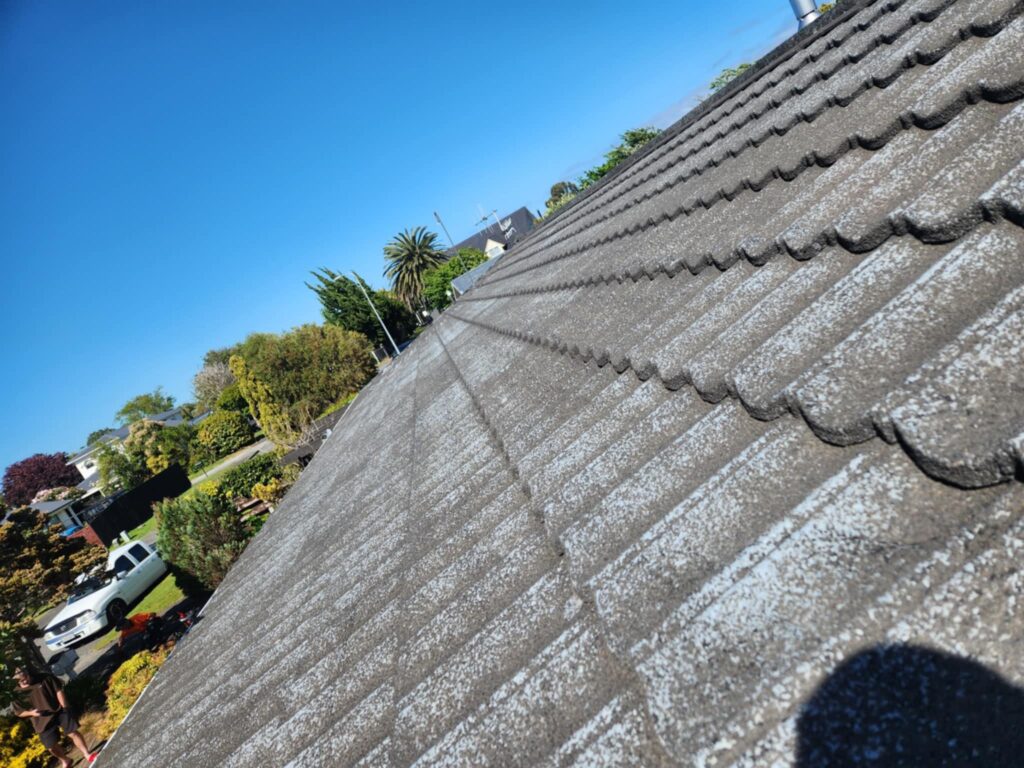
Asbestos in roofing shingles poses potential health risks for homeowners and roofing professionals. While modern asphalt shingles, such as GAF Timberline HDZ and IKO shingles, do not contain asbestos, older roofing materials may still harbor this hazardous substance. Homeowners considering roof replacement should consult with certified professionals to assess the presence of asbestos before proceeding with any work.
The transition from asbestos-containing materials to safer alternatives like architectural shingles and Timberline Solar products has significantly reduced health risks associated with roofing. Professional roofers now utilize advanced safety protocols when handling older roofing materials, ensuring proper containment and disposal of any asbestos-containing shingles. Homeowners can rest assured that modern roofing options prioritize safety without compromising performance or aesthetics.
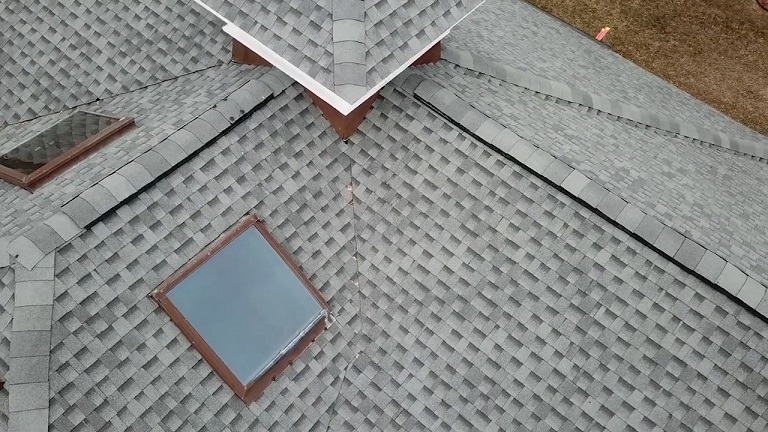
Slate shingles roofing offers exceptional durability and a timeless aesthetic for discerning homeowners. These natural stone tiles can withstand extreme weather conditions, including hail and high winds, making them an ideal choice for regions with harsh climates. Slate roofs often last over a century when properly installed and maintained, providing excellent long-term value despite higher initial costs.
Professional roofers recommend slate shingles for their fire-resistant properties and low maintenance requirements. The unique color variations and textures of slate create a distinctive appearance that enhances curb appeal and potentially increases property value. Homeowners considering slate roofing should consult with experienced contractors to ensure proper installation techniques and structural support for this heavy roofing material.
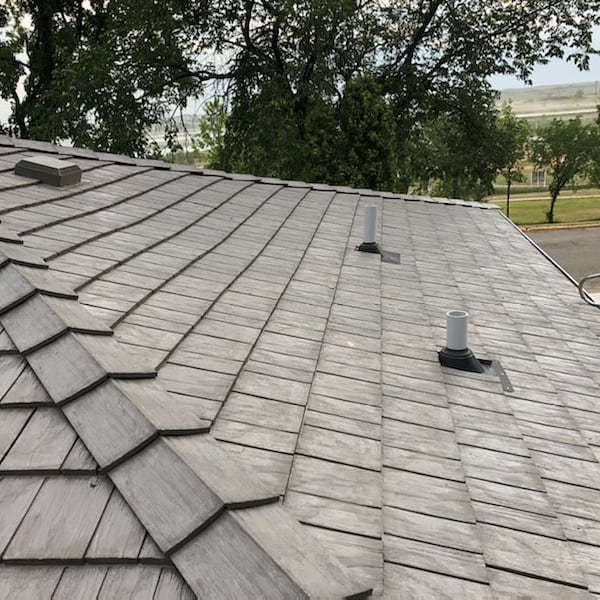
Driftwood shingles roofing offers a unique, weathered appearance that appeals to homeowners seeking a rustic aesthetic. These shingles, designed to mimic the look of wood worn by sea and sand, provide a distinctive coastal charm while offering the durability of modern roofing materials. Manufacturers like GAF and CertainTeed produce high-quality driftwood shingles that resist algae growth and withstand harsh weather conditions.
Professional roofers recommend driftwood shingles for their versatility in complementing various architectural styles. These shingles typically come with extended warranties, reflecting their durability and longevity. Homeowners should consider factors such as local climate, maintenance requirements, and color retention when selecting driftwood shingles for their roofing projects. Proper installation by experienced professionals ensures optimal performance and aesthetic appeal.
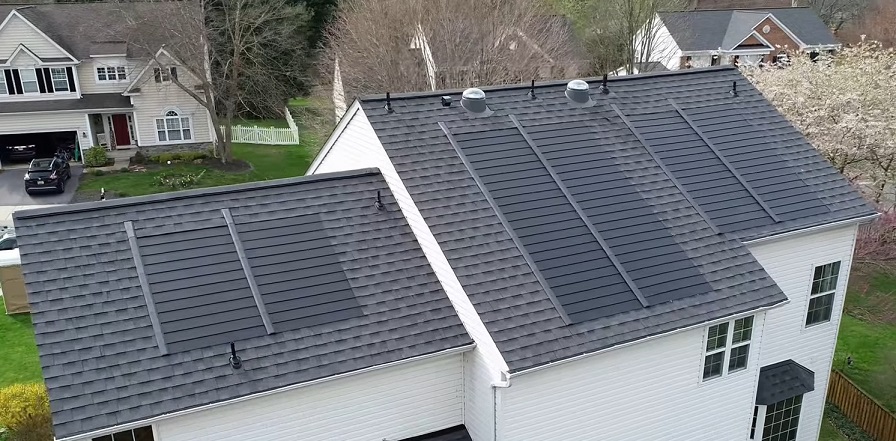
Solar panel roofing shingles represent an innovative solution for homeowners seeking to integrate renewable energy generation with traditional roofing materials. These shingles, such as those offered by GAF Energy and Tesla, combine the protective function of standard roof tiles with photovoltaic technology, enabling homes to generate electricity while maintaining a sleek appearance.
Professional roofers emphasize the dual benefits of solar shingles: energy production and weather protection. While the initial cost may be higher than traditional roofing materials, solar shingles can provide long-term energy savings and potentially increase property value. Homeowners considering this option should evaluate factors such as local climate, roof orientation, and energy needs to determine the feasibility and potential returns of solar shingle installation:
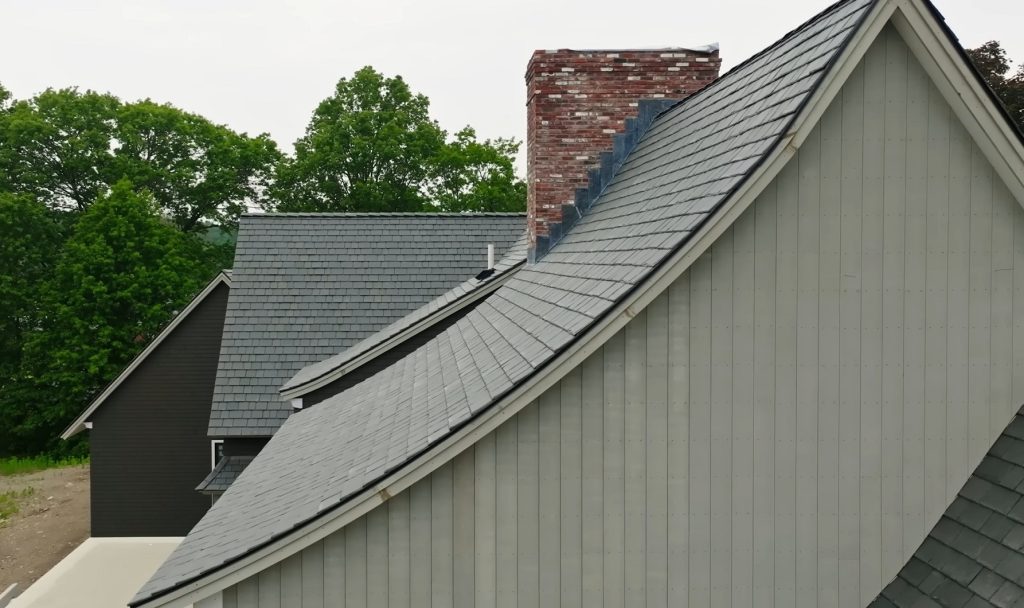
Composite roofing shingles offer homeowners a durable and cost-effective alternative to traditional asphalt shingles. These engineered materials combine multiple components, such as fiberglass, recycled paper products, and asphalt, to create a robust roofing solution. Composite shingles resist impact damage, algae growth, and UV radiation, making them ideal for various climates.
Professional roofers recommend composite shingles for their versatility and ease of installation. These shingles come in a wide range of colors and styles, allowing homeowners to achieve the desired aesthetic for their property. Many composite shingle products carry extended warranties, reflecting their durability and longevity. When considering composite roofing options, homeowners should evaluate:
Contact us today for a free consultation and let’s build something durable together

Contact us today for a free consultation and let’s build something durable together

Roofing shingles come in various types, including asphalt, wood, metal, slate, and synthetic options. Asphalt shingles are the most common due to their affordability and durability. Metal and slate offer longevity, while wood provides a natural aesthetic. Synthetic shingles mimic other materials’ appearance with enhanced performance.
Shingle roofs typically last between 20 to 30 years, depending on factors such as material quality, installation, climate, and maintenance. Proper care and regular inspections can extend their lifespan, while harsh weather conditions or neglect may shorten it.
Shingle roofing offers durability, affordability, and versatility. It withstands various weather conditions, comes in a wide range of colors and styles, and is easy to install and repair. This cost-effective option provides excellent protection for homes while enhancing curb appeal.
Shingle roofing costs typically range from $3.50 to $5.50 per square foot, depending on factors like material quality, roof complexity, and local labor rates. Professional installation by experienced roofers in Asheville can ensure durability and longevity for your residential or commercial roof.
While it’s possible to install shingles over existing roofing, it’s not always recommended. This practice can hide underlying issues, add excess weight, and reduce the new roof’s lifespan. Professional roofers typically advise removing old materials for a proper, long-lasting installation.
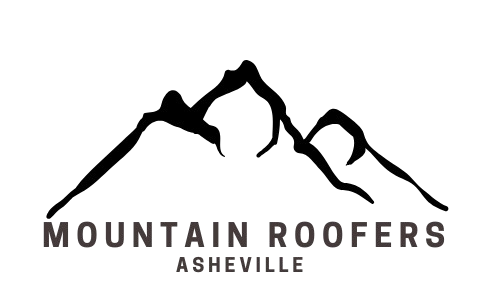
Is your roof in need of repair or replacement? Mountain Roofers Asheville brings over 20 years of experience to address your roofing concerns. This article will highlight our comprehensive services, including leak detection, insurance claim assistance, and warranty-backed installations. Whether you need asphalt shingle replacement or expert roofer consultation, we’re here to protect your home and provide peace of mind.
Stay updated with the latest offers!